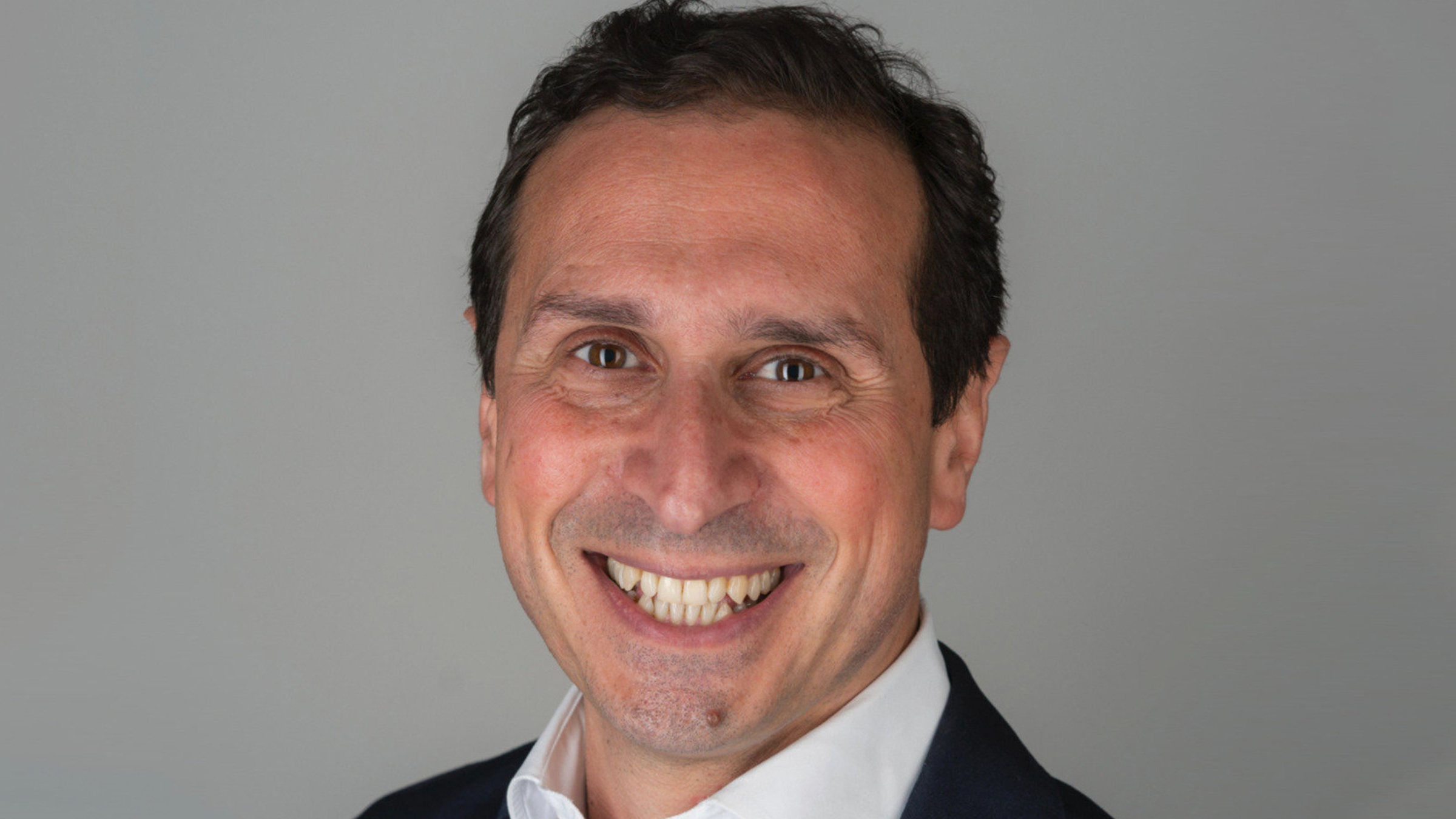
Sofinnova, Forbion back $70M push across finish line for rare antifungal treatment
As the former global brand leader of Merck’s antifungal business, Francesco Maria Lavino knows his facts: There are only three classes of antifungals.
But F2G, the biotech where he’s now CEO, is confident that it can soon bring a fourth antifungal class to the market. And it’s closed $70 million in new financing to get there.
The company has yet to unveil data from its open Phase IIb study in patients with rare and resistant molds — it plans to do so at a conference in October — but the results are apparently positive enough to cement an FDA filing by the end of the year. The agency has already granted its compound, named olorofim, designations as a breakthrough therapy, qualified infectious disease product and orphan drug.
Unlock this article instantly by becoming a free subscriber.
You’ll get access to free articles each month, plus you can customize what newsletters get delivered to your inbox each week, including breaking news.